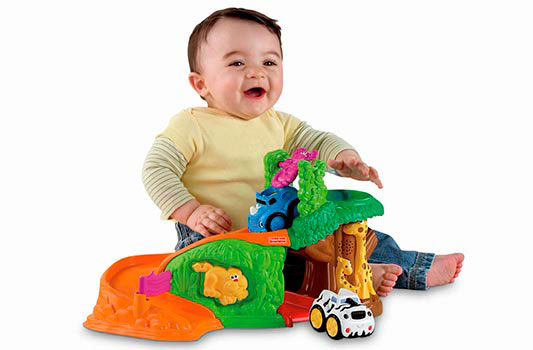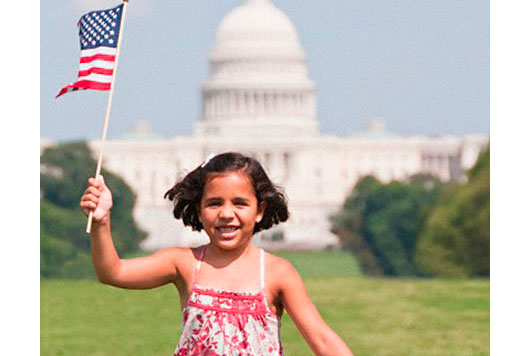
With technology, such as Smartphones and digital pocket cameras at our fingertips every waking moment, it’s easier than ever to capture photos and video of our children’s lives. And, given the prevalence of social media, it’s easier to share them, too. But how to archive and preserve memories comprised of pixels and megabytes, data most of us barely understand?
Our mothers had different tools at their disposal to record our lives: negatives, photos, Kodachrome slides, the occasional video. These could be stored in boxes or albums.
The reality is that today we document so many more moments than our parents ever could, but we lag far behind in terms of securely archiving them.
BACK UP YOUR FILES
Most of us don’t make photographs or videos for a living, but we can learn from those who do. Professional photographers edit, organize and file thousands of images—many of which are of their own kids.
Paul F. Gero is a Los Angeles area photographer who spent 20 years working in newspapers before turning to portraiture and weddings. The father of two—Kate, 6 and Matthew, 3—says the most important thing you can do with smart phone pictures and videos, as well as camera memory cards, is to back them up. It’s not enough to simply download them to your computer because computers crash. Copy them to another site that is not on your computer’s hard drive. An external hard drive is a good place to start.
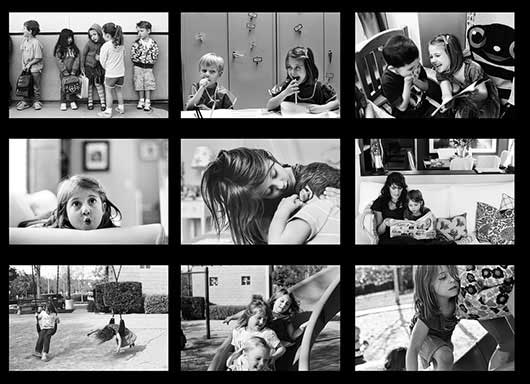
“36 Frames – A Day in Kate’s Life” (Paul F. Gero)
Like most professionals, Gero has backups upon backups. “When I copy a file to an external hard drive I have another hard drive that mirrors that drive,” he says. “Twice a day, my computer copies changes from master drive to copy drive.” While that might seem like overkill for parents who simply want to preserve their children’s photos, “at the very least they can back up their computer files to a second drive. That is better than nothing. If your main drive goes to pot and crashes at least you’ve got the photos and data on that second drive.”
Read Related: In Defense of Print Books
Don’t have an extra drive yet? Older media still works.
Between client jobs, Mexico City photographer Flor De Maria Cordero is organizing a photo archive for each of her two sons, Aiden, 14, and Tonatiuh, 9. She creates folders in which she puts the photo files, classifies them by date “because you can follow the kids’ lives,” stores them on her external drives, then burns the folders onto a DVD.
“I think backing up on DVD is the wisest so far because even the hard drives, suddenly they can just die, so you’ve basically lost everything,” she says. Because DVDs hold so much information (4 gigabytes) you can wait until you have enough images to fill one, she says.
But the most important thing is to be disciplined and systematic, says Gero. Commit to backing up files on a weekly basis, or at the very least, once a month.
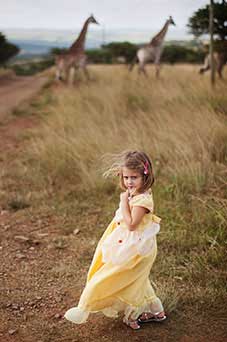
“Beauty and The Beasts” (Paul F. Gero)
USE PHOTO SHARING SERVICES
But even here there is a caveat: “There is going to be degradation of media, even if it is a hard drive. CDs and DVDs will lose information over time.” And technology is evolving so quickly that you may store your photos today on a device that won’t mount to or be readable by tomorrow’s computers, he says. (Remember floppies? Zip drives?) For this reason many photographers have turned to online photo sharing sites for client albums as well as to back up their personal archives. Most of these cloud-based sites have tiered pricing—some starting with no charge—based on storage capacity.
Gero likes Smugmug and Zenfolio, both of which host video files, too.
Cordero uses Google’s Picasa to share photos and video of her boys with their paternal grandmother who lives in England. When she uploads new images, her sons’ grandmother gets an email notification that she can log on to view and download them.
There is the more mature Flickr, which is photo and video friendly and as private or public as you want it to be. Photographers and videographers have also long used Dropbox to share files with clients, and this month it updated its mobile app so you can automatically upload photos and videos from some Smartphones and tablets to your account.
Of course, if none of these options appeal to you, there is the ever-present Facebook. Just watch those privacy settings.
EDIT THOSE IMAGES AND PRINT THEM
But the real beauty of photos—whether composed of pixels or film grain—is the fact that they can always be printed. And in some cases, a print may be the most lasting thing.
“My parents got married in ’55 and I have a lot of photos from their wedding, but didn’t have the negatives,” says Gero. “I was able to take the prints my mom had that still look amazing and scan those—use digital technology to make backups in reverse.”
His best advice to parents is “take time and edit what they’ve got, and then make prints of some of the photos… Make a physical copy of something you can store in an album with archival materials or store offsite or in a safety deposit box. If anything goes wrong you’ve got a print you can maybe scan.”
Plus, in a screen-filled world a print can imbue a moment with a “sense of importance because you decided to make a print” that you can put in an album, scrapbook with your kids, or hang on the wall, he says.
If you’re really ambitious you can use online companies that provide templates to create glossy bound photo books, he says. Blurb is his favorite, but Shutterfly and My Publisher are also popular. And no doubt Apple fans are familiar with the picture books they can create and order right from iPhoto with a few keyboard clicks.
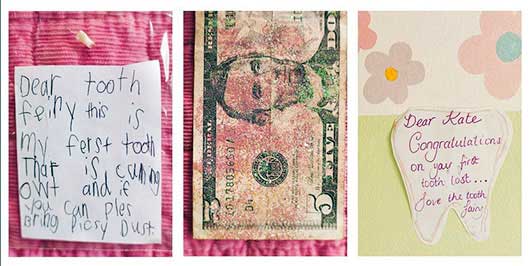
Paul F. Gero
DON’T FORGET THE BASICS
“All that archiving stuff is important but you have to be ready to make photographs,” says Gero. That means having a camera nearby all the time, but it also means learning to see a photo. Anyone can get better by taking a class, or even by studying photos in magazines or freezing the DVR on an interesting frame and taking note of the composition and the light, he says. But mostly, parents should be alert to moments that might yield interesting photos.
“A lot of people don’t recognize that sometimes the most beautiful moments are the simple moments around the house,” he says. “One morning I got up early and Kate came down and she’s reading the iPad and she’s illuminated by the glow.”
For Cordero, whose kids are less inclined to be photographed the older they grow, lazy weekends when the boys don’t have to rush off to school are best for capturing candid moments.
But occasionally, you can document bits of your children’s lives without having them directly in the photo. Recently Gero’s daughter Kate lost a tooth, wrote a note to the tooth fairy, and cashed the tooth in for five dollars. Gero created a still life tryptich from the tooth, the note and the tooth fairy’s response. It will go in an album, he says. “Those photographs are in every person’s life whether you notice them or not.


